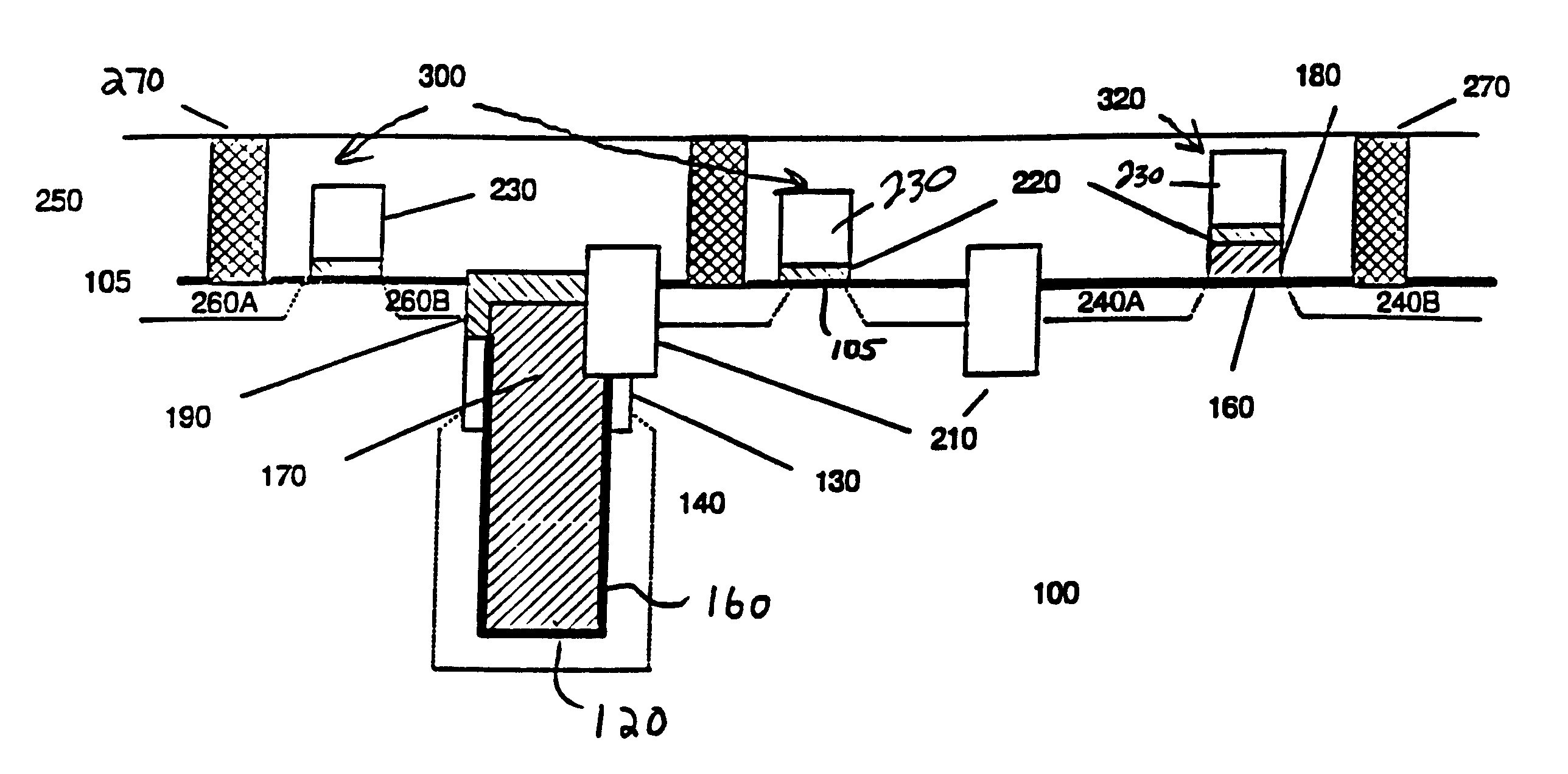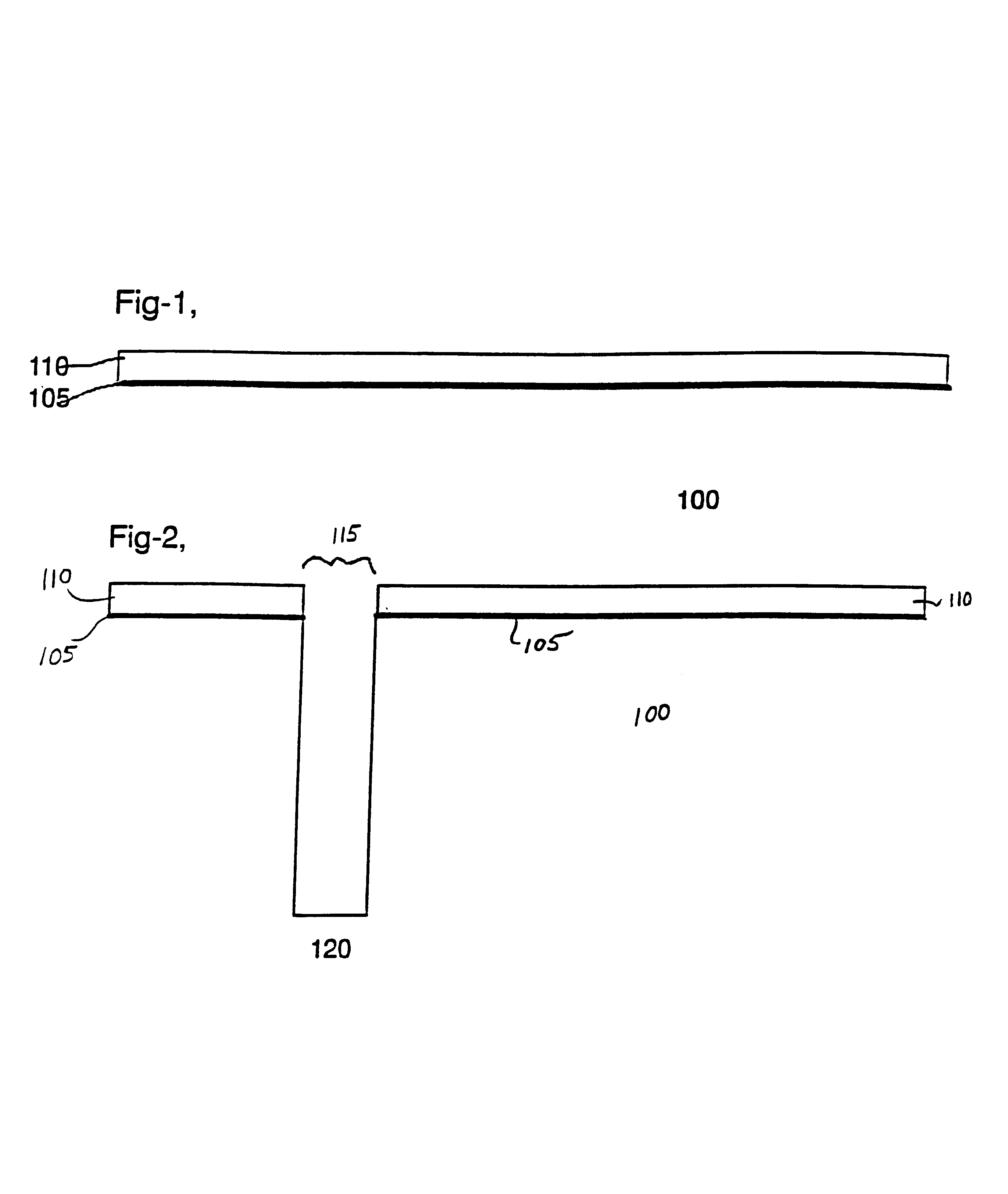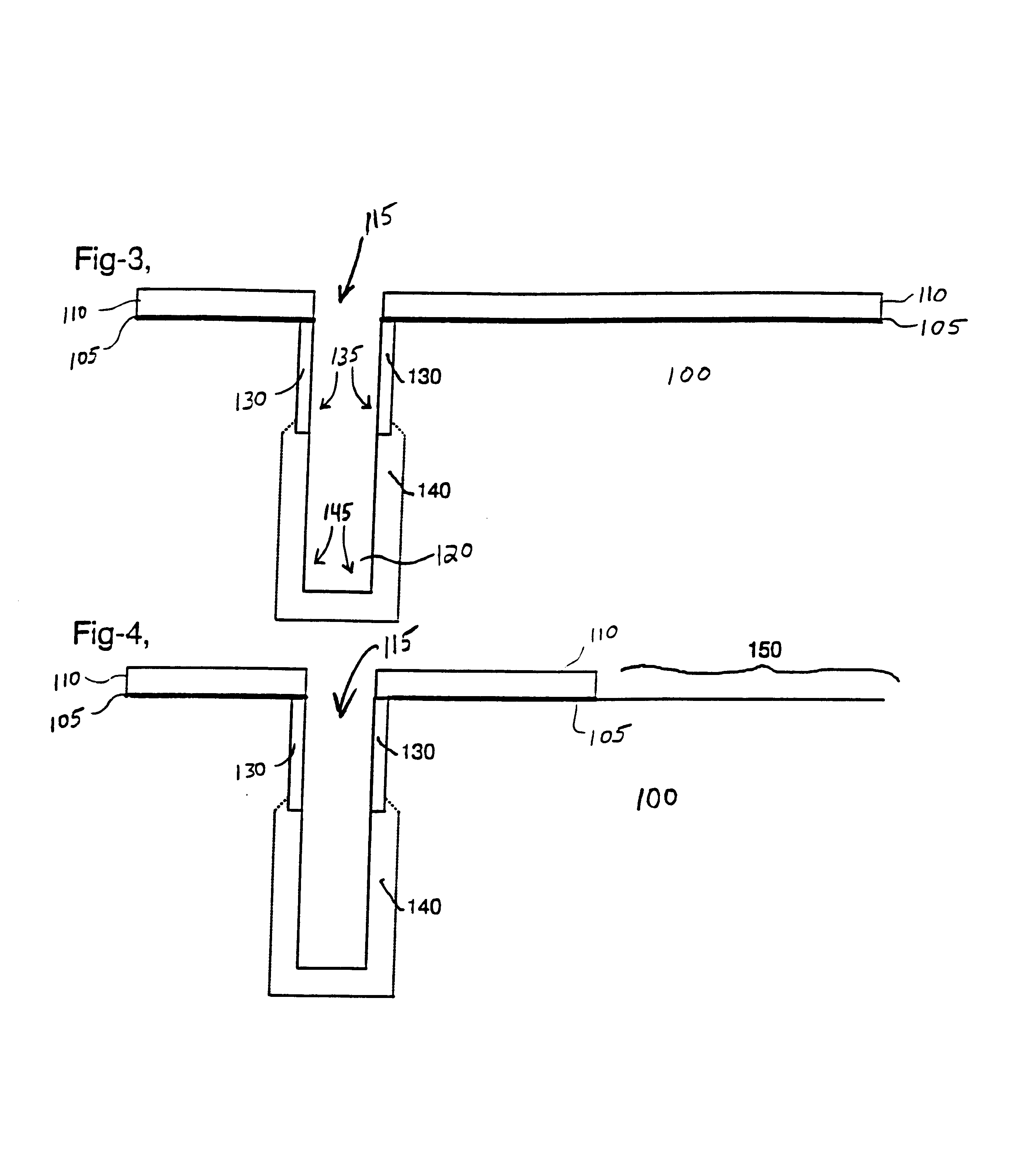High dielectric constant materials forming components of DRAM such as deep-trench capacitors and gate dielectric (insulators) for support circuits
a dielectric constant, capacitor technology, applied in the direction of semiconductor devices, electrical equipment, transistors, etc., can solve the problems of limiting the material stability of high-k dielectric stack capacitors, metallization as well as lithographic patterning, and the depth of the trench becomes the limiting factor in preventing the scaling of dram over 4 gigabytes
- Summary
- Abstract
- Description
- Claims
- Application Information
AI Technical Summary
Benefits of technology
Problems solved by technology
Method used
Image
Examples
Embodiment Construction
As mentioned above, there is a need to reduce the cost and improve performance of DRAM. The invention addresses these needs by providing a single high-k material for both device gate dielectrics as well as capacitor dielectrics in a DRAM device. In a preferred embodiment the invention uses a high-k film made using atomic level chemical vapor deposition (ALCVD) techniques. Using ALCVD to deposit a combination of La.sub.2 O.sub.3 / Al.sub.2 O.sub.3 obtains a dielectric constant between 10 and 30 depending on the ratio of Al to La. The invention uses deposition conditions that retain the amorphous nature of the film stack in order to prevent electrical leakage.
A new cell structure is proposed to form such a dielectric for both support gates and capacitor devices in one process step so as to significantly reduce the process cost. The high-k dielectric will not only improve the support device performance but will also boost the charge storage capability of the DRAM cells.
The high-k dielec...
PUM
 Login to View More
Login to View More Abstract
Description
Claims
Application Information
 Login to View More
Login to View More - R&D
- Intellectual Property
- Life Sciences
- Materials
- Tech Scout
- Unparalleled Data Quality
- Higher Quality Content
- 60% Fewer Hallucinations
Browse by: Latest US Patents, China's latest patents, Technical Efficacy Thesaurus, Application Domain, Technology Topic, Popular Technical Reports.
© 2025 PatSnap. All rights reserved.Legal|Privacy policy|Modern Slavery Act Transparency Statement|Sitemap|About US| Contact US: help@patsnap.com



